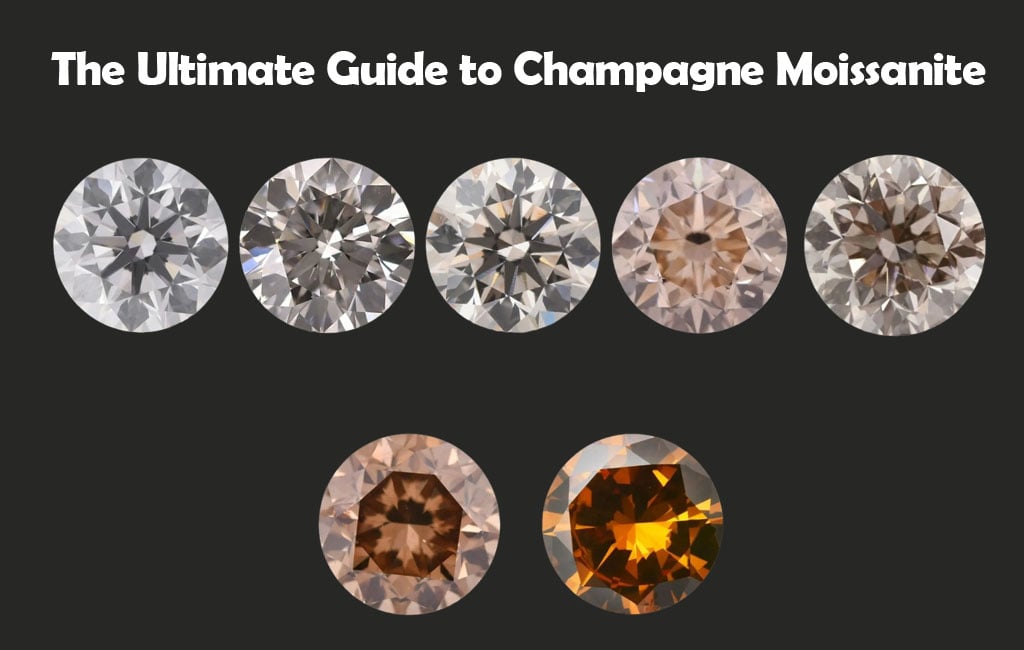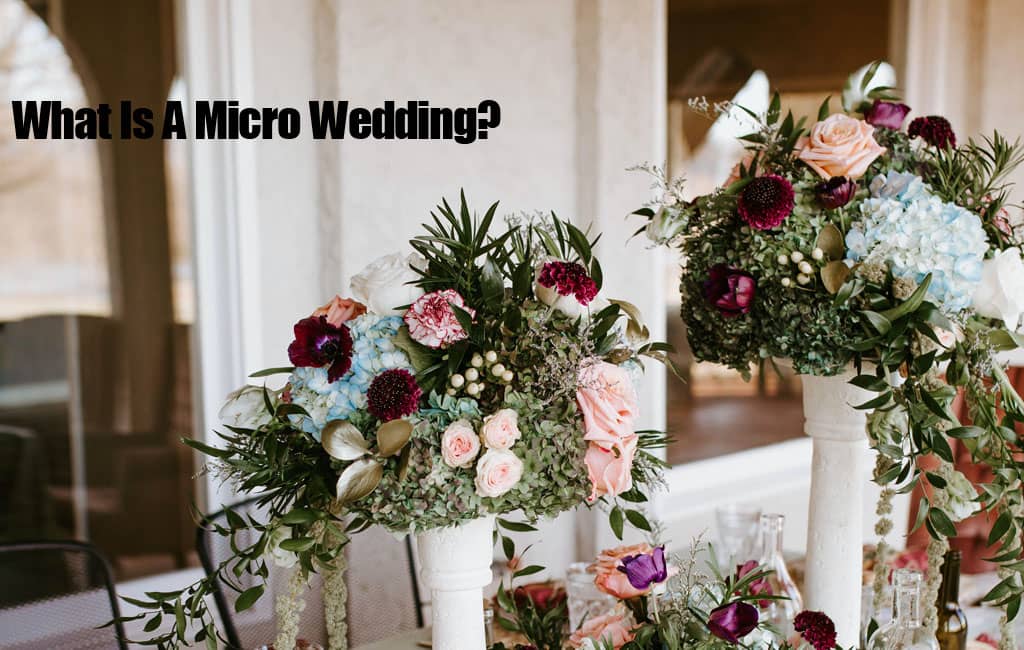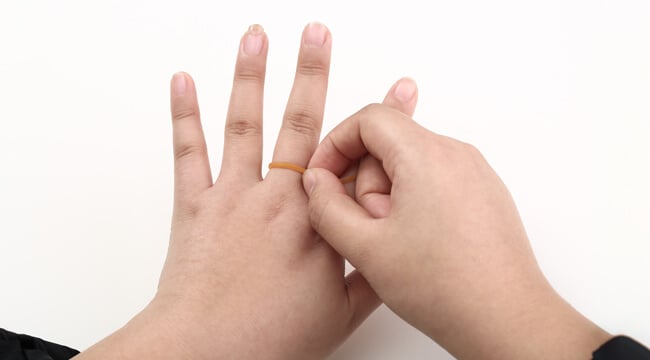Welcome to the world of unconventional elegance and avant-garde charm. We have a penchant for the extraordinary, and today, we invite you to explore the captivating universe of champagne moissanite. Whether you’re well-acquainted with this gem or it’s your first encounter, our journey into Champagne Moissanite promises to be enlightening and inspiring, revealing its unique attributes, benefits, and guidance for selecting the perfect piece to adorn your jewelry collection.
What is Champagne Moissanite?
Much like the effervescence of a celebratory toast, Champagne moissanite derives its name from its warm yellow-brown hue. Just as diamonds come in various shades, moissanite also boasts a captivating array of colors, and one of the most cherished among them is champagne.
The Art of Crafting Champagne Moissanite
Colored moissanite, similar to its colorless counterpart, is meticulously synthesized within the confines of a controlled laboratory environment. Although moissanite occurs naturally, the jewelry industry predominantly utilizes a patented process known as the High-Temperature High-Pressure (HTHP) method to grow moissanite crystals. This process demands precise regulation of temperature and pressure conditions, facilitating the growth of these exquisite gemstones.
To achieve the distinctive champagne hue, trace elements, known as dopants, are introduced into the crystal growth environment. Nitrogen, in particular, plays a pivotal role in imbuing moissanite’s silicon carbide (SiC) lattice with enchanting champagne brown shades.
What Sets Champagne Moissanites Apart?
Balanced Color and Hardness: Champagne moissanites boast an impressive rating of 9.25 on the Mohs hardness scale, endowing them with exceptional durability, especially in high-value jewelry. In contrast, many colored gemstones, such as sapphires, rubies, and amber, exhibit significantly lower hardness levels. The unique appeal of colored moissanites lies in their ability to seamlessly marry the character of colored stones with the enduring hardness of moissanite.
Sunshine in a Gem: White moissanites are renowned for their crystal-clear, colorless allure, while champagne moissanites are celebrated for their warm, subtly golden ambiance. When paired with yellow or rose gold settings, the sun-kissed, gilded radiance of champagne moissanites intensifies, creating an enchanting visual spectacle.
Uniqueness Personified: In a world fixated on the absence of color, champagne moissanites emerge as a distinctive and extraordinary choice. Their unique color palette and aesthetic set them apart, making them a perfect choice for those who appreciate the allure of the uncommon.
Eco-Friendly Choice: Opting for lab-grown moissanites supports the cause of environmental sustainability. By avoiding the extraction of precious resources and minimizing the waste associated with traditional mining, these alternative moissanites exemplify responsible sourcing and a significant step towards reducing our ecological footprint.
Our dedication to celebrating the exceptional, the enigmatic, and the original remains unwavering. We embrace the extraordinary and redefine the boundaries of beauty.
Understanding the Color Grading of Champagne Moissanite
The color grade of Champagne Moissanite is primarily determined by the intensity of its hue, which can range from light to dark. As of now, there is no universally established grading standard for this gemstone. However, some jewelry connoisseurs prefer to grade moissanite using the Champagne diamond color grading system.
Two recognized color grading systems for champagne diamonds are:
The Argyle Mine Champagne Diamond Grading System:
- C1 – C2: Light champagne
- C3 – C4: Medium champagne
- C5 – C6: Dark champagne
- C7: Cognac
The GIA Champagne Diamond Grading System:
- Faint Champagne: K to M or ‘Faint Brown’
- Light Champagne: N to R or ‘Very Light Brown’
- Medium Champagne: S to Z or ‘Light Brown’
In Conclusion
In summary, Champagne Moissanite is a captivating and unique choice for engagement rings and jewelry. With its warm yellow-brown allure, exceptional durability, and eco-friendly production, Champagne Moissanite stands as a remarkable and responsible option. Whether you are drawn to its harmonious blend of color and hardness, its sunlit radiance, or its distinctiveness in a world captivated by colorless alternatives, Champagne Moissanite offers an extraordinary choice for those who seek the exceptional in every facet of life.






